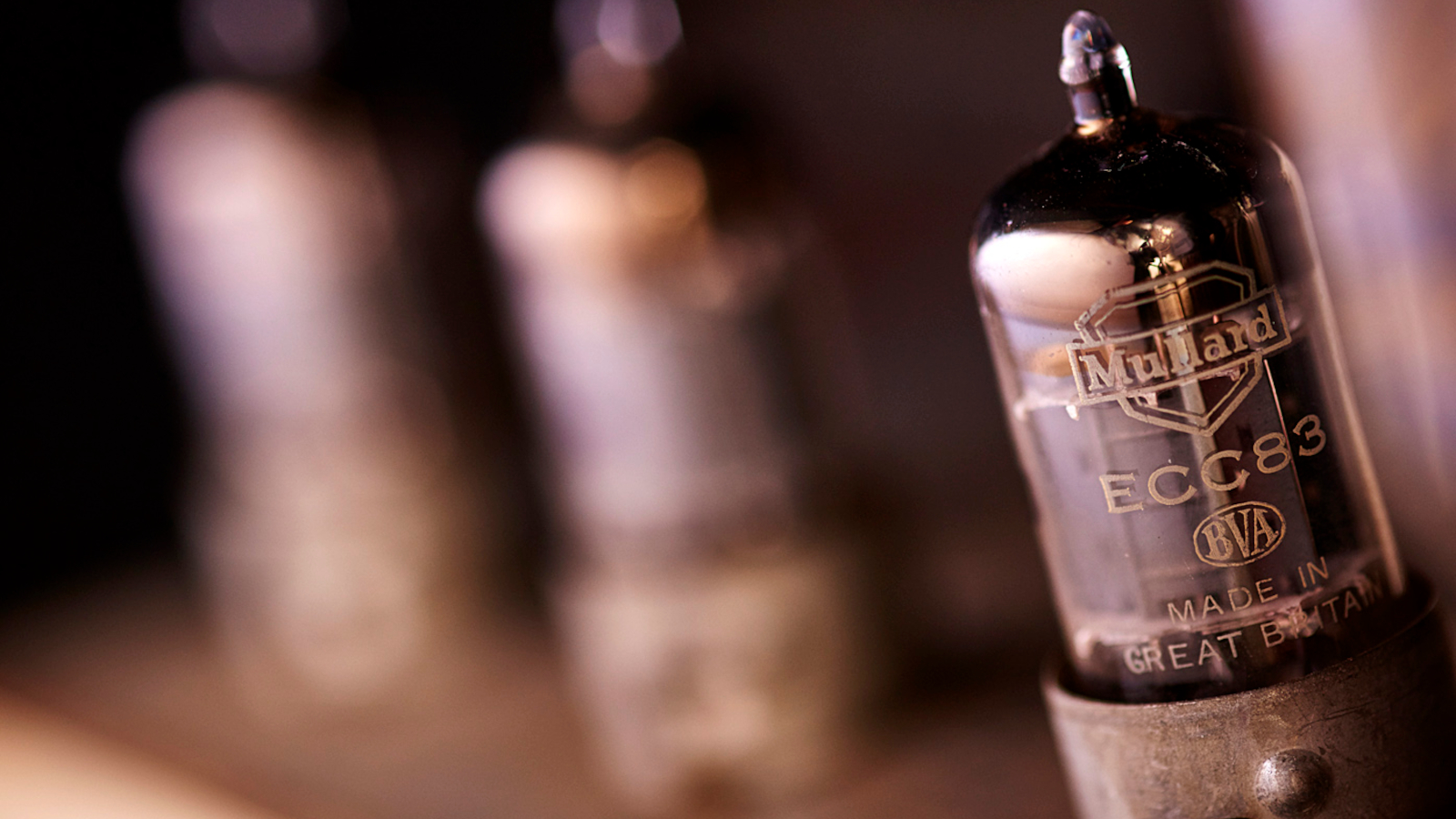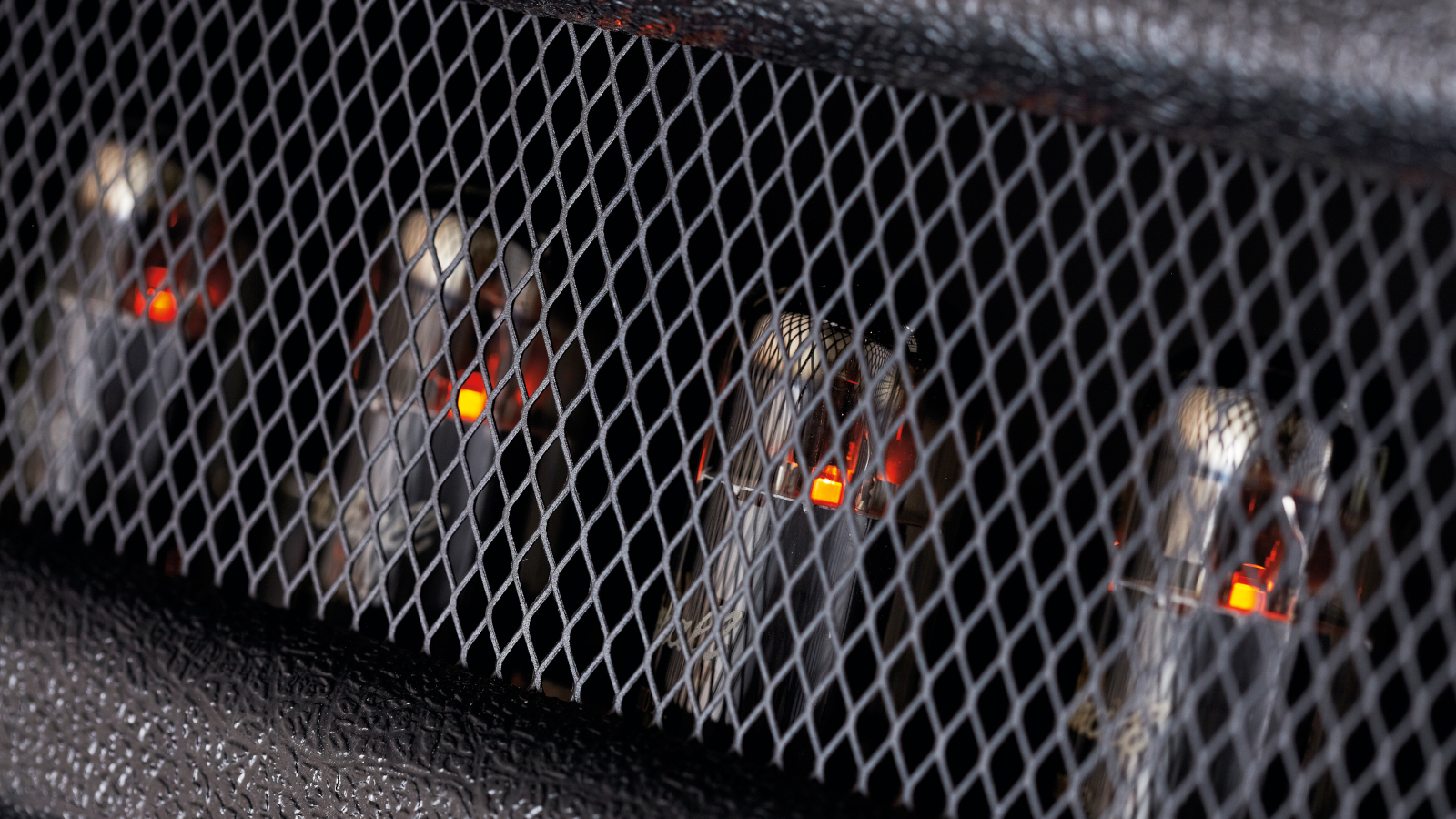Here’s What You Should Know About Replacing Guitar Amp Tubes (It Can Transform Your Sound!)
How to better sculpt your tone by changing preamp and output tubes

If you have a tube amp, you can easily sculpt your tone just by swapping out tubes.
Want to lower the gain of your preamp stage? Try replacing the 12AX7 with a 5751 (a swap employed by Stevie Ray Vaughan) or a 12AY7 like classic “tweed” amps use.
Or swap your 12AX7 with versions from RCA (very hot sounding), Mullard (very smooth) or Telefunken (clean and quiet).
Granted, this can be an expensive proposition depending on the make of tube you choose, so do your research. Visit online forums and see what others have to say before you dive in.
Two Things You Should Know About Preamp Tubes
1. Replacing preamp tubes
To replace worn preamp tubes, or try out different makes, simply select a new tube of the correct type, gently wiggle the old one loose, line up the pins of the new one, and gently push it into the socket.
2. Tweak ’em to mod your gain structure
Get The Pick Newsletter
All the latest guitar news, interviews, lessons, reviews, deals and more, direct to your inbox!
If your amp carries 12AX7 preamp tubes, as the vast majority do today, and its breakup tone is a little more harsh or fizzy than you’d prefer, you can try a 12AY7 in the first gain stage (usually the first preamp tube position, but check your owner’s manual) like many tweed Fenders used, to drop the input gain and smooth out the sound.
A 5751 will work too, and drop the gain a little less (one of Stevie Ray Vaughan’s favorite tricks). Or try a 5751 in the phase inverter position in an amp that usually carries a 12AX7 there to reduce some of the “splat” as the signal hits the output tubes.

Two Things You Should Know About Output Tubes
Don’t neglect your output tubes. Those large tubes all have their own tonal character and have a huge impact on your tone.
From the 6L6GC to the EL34 to the 6V6GT and EL84 – these four varieties of power tubes have different characteristics, and it pays to know them.
1. Output tube replacement requires more thought than preamp tubes
Many amps need to be re-biased when their output tubes are replaced; a job for a pro, unless you have the skills to do so safely yourself. This applies to most “class AB” amps using 6L6, 6V6, or EL34 tubes, such as Fender’s Twin Reverb and Deluxe Reverb, Marshall’s JMP50 and JCM800, and similar models.
In order to bias an amp correctly – which sets the optimum operating voltage for the tubes, since even tubes of the same type will vary slightly – matched pairs or quads should be installed.
Slightly mismatched tubes will work, but their bias levels will be somewhat unbalanced.
2. For Class A, just pop ’em in
Cathode-biased amps, on the other hand, which are often advertised as being “class A,” don’t need re-biasing when output tubes are replaced.
This includes amps based on the Marshall “18-watter,” Vox AC15 and AC30, and Fender tweed Deluxe templates, as well as plenty of larger designs such as the Matchless Chieftain, which uses the bigger EL34s.
Matched tubes might still help these amps sound smoother, with a firmer low end in particular, but it’s easier to get away with installing slightly mismatched output tubes in cathode-biased amps.
Dave Hunter is a writer and consulting editor for Guitar Player magazine. His prolific output as author includes Fender 75 Years, The Guitar Amp Handbook, The British Amp Invasion, Ultimate Star Guitars, Guitar Effects Pedals, The Guitar Pickup Handbook, The Fender Telecaster and several other titles. Hunter is a former editor of The Guitar Magazine (UK), and a contributor to Vintage Guitar, Premier Guitar, The Connoisseur and other publications. A contributing essayist to the United States Library of Congress National Recording Preservation Board’s Permanent Archive, he lives in Kittery, ME, with his wife and their two children and fronts the bands A Different Engine and The Stereo Field.
A gigantic $360 off Positive Grid's celebrated BIAS amp sim software may have just put the nail in the coffin of my beloved valve combo
"Let’s take acoustic-electric amplification to its ultimate realization." How to make an acoustic amp shimmer like a vintage Fender, smolder like a Dumble or scream like a Marshall










